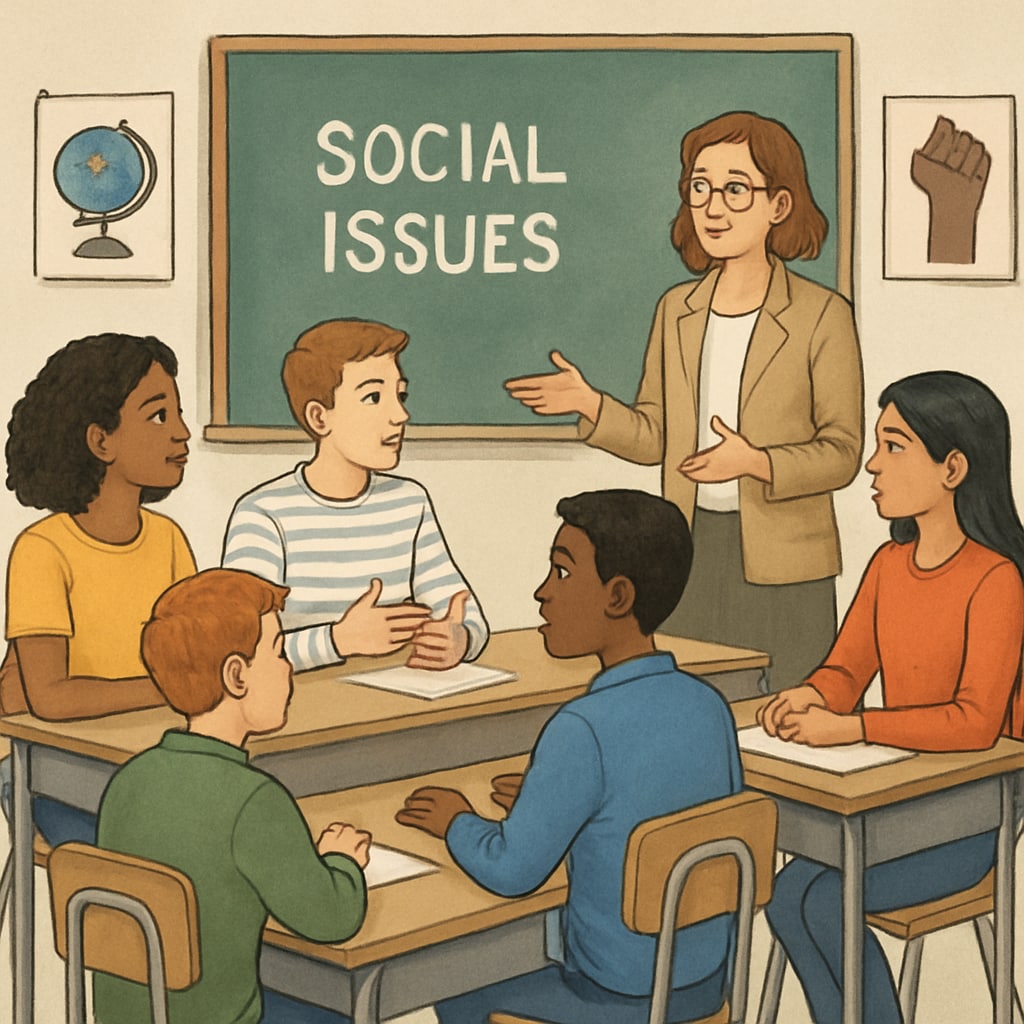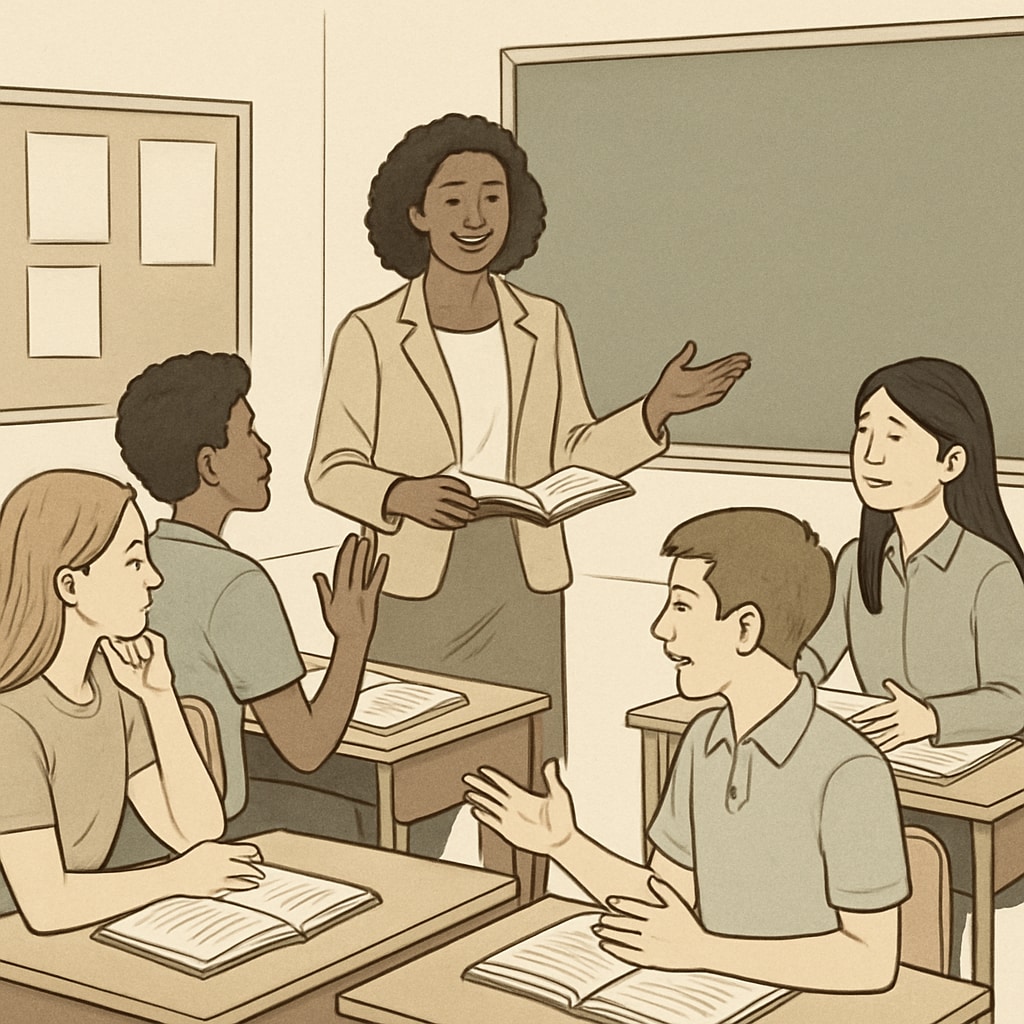The concept of “wokeness,” which broadly refers to heightened awareness of social and political issues, has increasingly penetrated the fabric of K12 educational environments. From the perspective of students, this phenomenon is shaping campus culture, influencing teacher-student dynamics, and redefining learning experiences in profound ways. Understanding how students perceive and interact with “wokeness” in schools is critical for educators seeking to create inclusive and effective learning spaces.
How “Wokeness” Shapes Campus Culture
One of the most visible manifestations of “wokeness” in schools is its impact on campus culture. Many schools have adopted policies, programs, and curricula aimed at promoting diversity, equity, and inclusion (DEI). These initiatives often resonate with students, who view them as steps toward creating a more accepting and respectful environment. For example, awareness campaigns around topics such as racial inequality or gender identity can help students feel more seen and supported.
However, not all students view these efforts positively. Some express concerns about the potential for overemphasis on certain issues, leading to what they perceive as tokenism or superficial engagement. Balancing meaningful integration of “wokeness” into campus culture while avoiding performative practices remains a challenge for educators.

Teacher-Student Relationships in the Era of “Wokeness”
Teachers play a pivotal role in how “wokeness” is perceived and practiced in schools. For many students, the incorporation of socially conscious topics into lessons and classroom discussions can enhance their connection with educators. Teachers who actively acknowledge and address societal issues often earn students’ trust and respect, creating a more engaged and open learning environment.
Nonetheless, some students may feel alienated when their perspectives are not fully considered, particularly if a teacher’s approach to “wokeness” seems overly prescriptive or one-sided. Striking a balance between fostering critical thinking and ensuring inclusivity is essential. Open dialogue and active listening can help bridge gaps and strengthen teacher-student relationships.

How “Wokeness” Influences Learning Experiences
From curriculum design to extracurricular activities, “wokeness” is reshaping the educational landscape. Integrating topics such as social justice, environmental sustainability, and global citizenship into various subjects can make learning more relevant and engaging for students. These themes often align with students’ existing interests, encouraging deeper exploration and critical thinking.
However, challenges arise when students feel that certain perspectives or topics are disproportionately emphasized, potentially overshadowing traditional academic goals. Educators must aim for a balanced approach that equips students with both a strong foundation in core subjects and an awareness of contemporary issues.
In addition, the rise of “wokeness” has led to increased discussions about the role of activism in education. Many students appreciate opportunities to participate in advocacy initiatives, viewing them as extensions of their learning experiences. Schools can support this by offering platforms for student-led projects and encouraging civic engagement.
Conclusion: What Educators Can Learn from Students
Ultimately, the student perspective on “wokeness” reveals both opportunities and challenges for K12 schools. While many students value the inclusivity and relevance that “wokeness” brings to education, they also highlight the need for authenticity and balance. Educators can benefit from listening to students’ experiences and feedback, using it to refine their approaches to teaching and campus policies.
By fostering open communication and prioritizing meaningful, student-centered practices, schools can navigate the complexities of “wokeness” while creating environments that support both academic excellence and personal growth.
Readability guidance: This article uses short paragraphs and subheadings to improve clarity. Lists summarize key points where applicable, and transitions such as “for example,” “however,” and “as a result” are included to enhance flow. Passive voice and long sentences are minimized for better readability.


